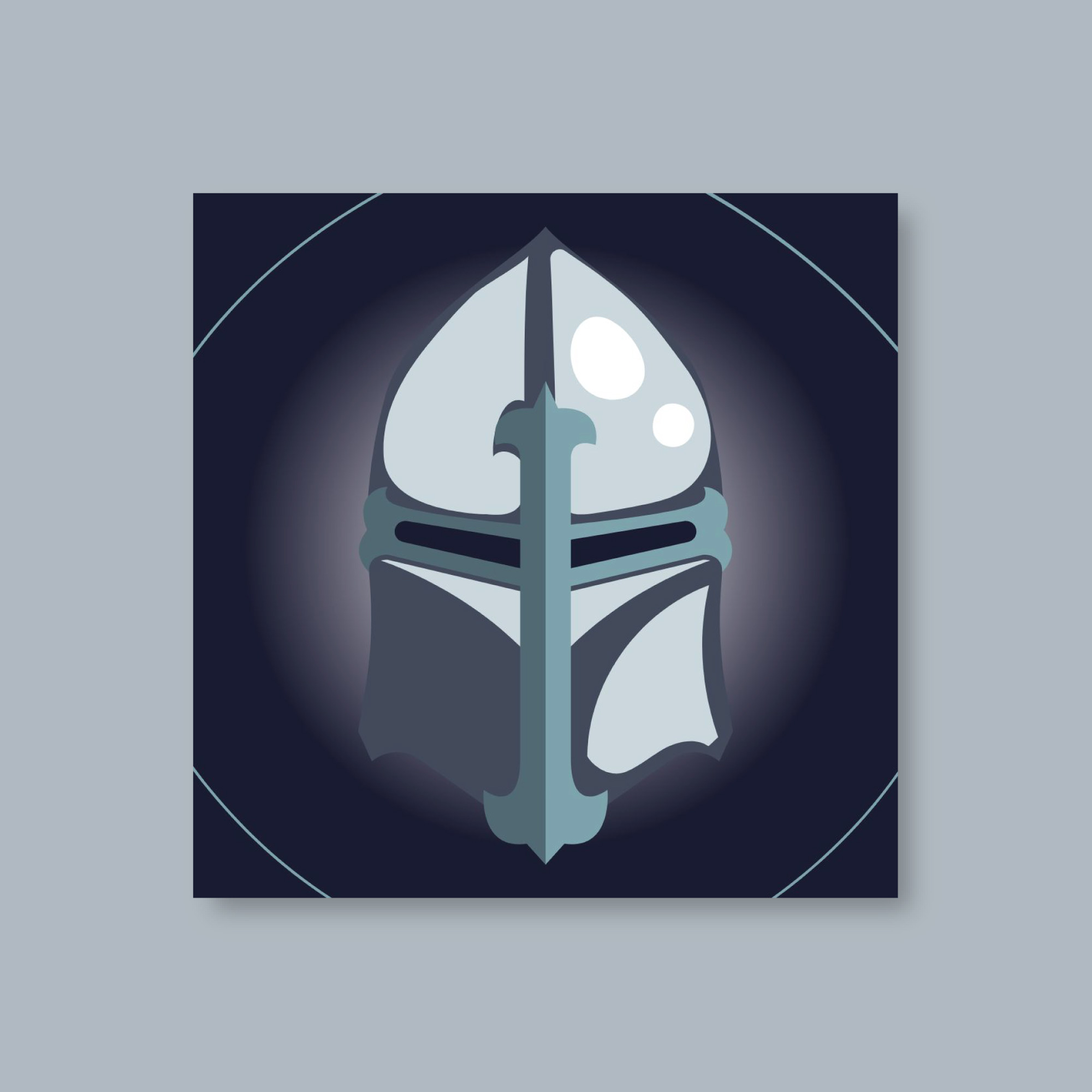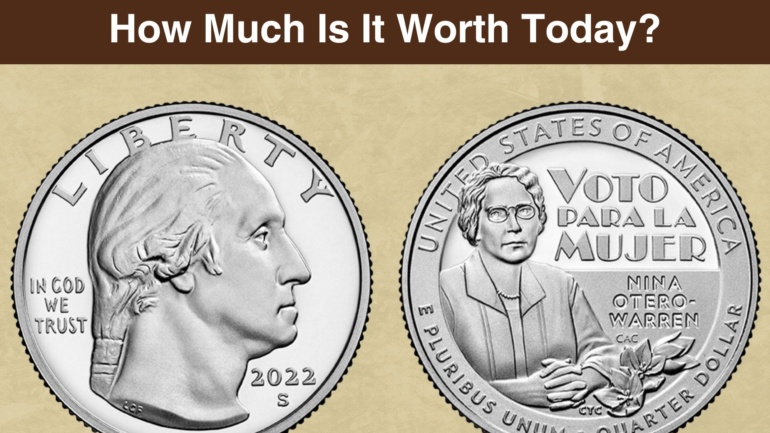The Mandalorian Helmet: More Than Just a Piece of Armor
When you think of The Mandalorian, the first image that comes to mind is likely the iconic helmet of Din Djarin, the bounty hunter whose face we’ve seen only a handful of times throughout the series. This helmet isn’t just a symbol of the Mandalorian culture; it’s become a cultural touchstone in its own right. But why does this simple piece of armor resonate so deeply with audiences, and what does it say about identity, tradition, and the human desire for anonymity?
At its core, the Mandalorian helmet is an object of profound significance. It’s not merely a tool for survival, or even a symbol of an ancient warrior clan; it’s a direct representation of the tension between personal identity and cultural duty. In the world of Star Wars, the Mandalorians are a people bound by strict codes, traditions, and an almost fanatical devotion to their way of life. And for Din Djarin, this includes the unyielding rule that no Mandalorian should remove their helmet in front of others. It’s a practice that immediately sets him apart from the audience, creating a barrier that speaks volumes about his internal conflict.
But why is the helmet so important in the first place? The Mandalorian culture, as shown through the series, values individualism, but it also imposes rigid communal norms. The helmet serves as a physical manifestation of these contradictions. On one hand, it’s a tool for protection, not just in battle but from the vulnerabilities of human interaction. On the other, it’s a symbol of a person’s adherence to a code that demands personal sacrifice—sometimes at the cost of personal identity.
The fact that the helmet is never removed, especially in front of others, is a statement about the limits of self-expression. The Mandalorian’s refusal to reveal his face is a defiance against a world that thrives on visibility and exposure. In a time when the personal is so often politicized, where influencers and celebrities live in the full glare of the public eye, the helmet represents an escape, a refusal to be commodified by others’ expectations. It’s a shield against the world—a refusal to conform to modern standards of vulnerability.
But there’s something incredibly human about this constant need to hide behind a mask. The Star Wars universe, for all its fantastical elements, never strays too far from real-world reflections. Din’s journey is one of gradual self-discovery, as he learns to take off his armor in moments of personal growth—whether it’s bonding with Grogu or making decisions that challenge his Mandalorian upbringing. His armor, both physical and emotional, becomes a paradox. It protects him, yes, but it also isolates him, distancing him from the very connections that might define him as a person.
The power of the Mandalorian helmet goes beyond its role within the story. It also transcends the screen, becoming a symbol of fandom and culture. From the meticulously designed LEGO Mandalorian helmets that adorn collectors’ shelves to the custom motorcycle helmets bearing the iconic T-shaped visor, the helmet has evolved into an object of reverence. Fans wear it proudly, embodying the same principles that Din Djarin lives by: resilience, honor, and a quiet defiance of the world’s expectations.
And yet, the helmet also invites a deeper question: in a world where everyone seems desperate to be seen, is it possible to find peace in anonymity? In an era where people eagerly expose every facet of their lives on social media, the helmet becomes a reminder of what it means to choose when and how to reveal oneself. It raises the uncomfortable truth that perhaps, in a society obsessed with identity and visibility, hiding behind a mask can be an act of rebellion.
In the end, the Mandalorian helmet isn’t just a prop or an accessory. It’s a symbol of the ongoing battle between the individual and the collective, between personal freedom and cultural obligation. It’s a reminder that sometimes, we don’t need to see each other’s faces to understand who we truly are. The helmet, silent and steadfast, challenges us to question whether identity is something that must be publicly displayed or something that can only be understood from within.
In a world that often feels too loud and too demanding, perhaps the Mandalorian’s refusal to remove his helmet is the ultimate act of self-determination. And as we watch Din Djarin’s journey, we can’t help but wonder: in our own lives, what are we hiding behind our metaphorical helmets—and why does it feel so necessary to do so?


